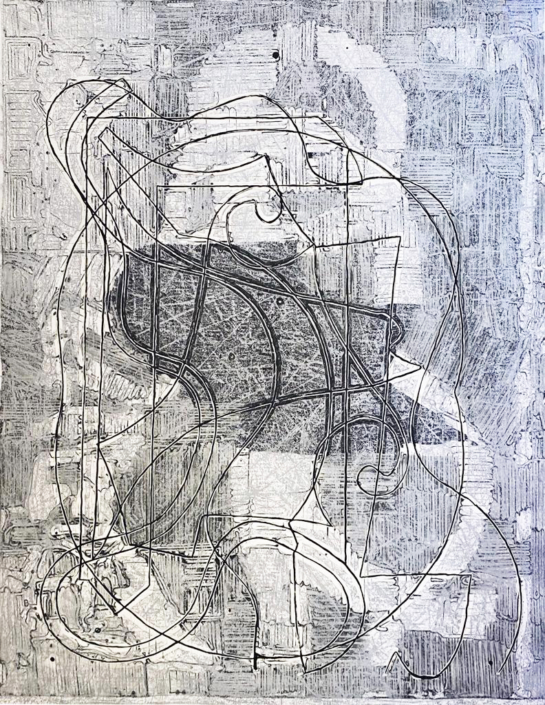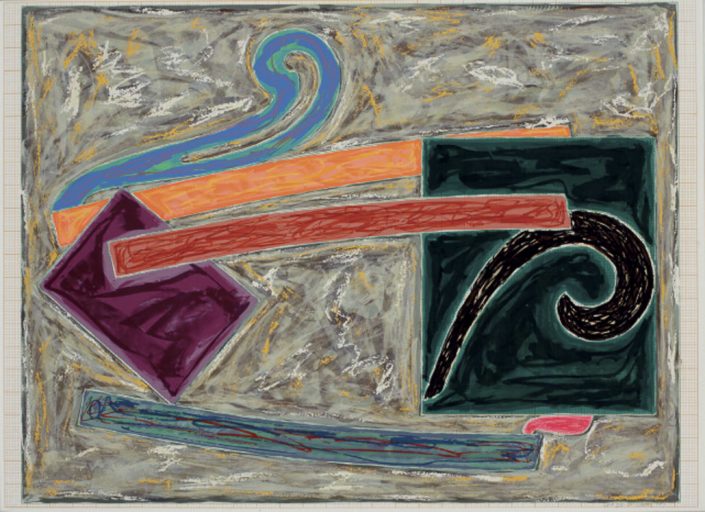AMERICAN, 1936
In 1959, Frank Stella gained early, immediate recognition with his series of coolly impersonal black striped paintings that turned the gestural brushwork and existential angst of Abstract Expressionism on its head. Focusing on the formal elements of art-making, Stella went on to create increasingly complicated work that seemed to follow a natural progression of dynamism, tactility, and scale: first, by expanding his initial monochrome palette to bright colors, and, later, moving painting into the third dimension through the incorporation of other, non-painterly elements onto the canvas. He ultimately went on to create large-scale freestanding sculptures, architectural structures, and the most complex work ever realized in the medium of printmaking. Stella’s virtually relentless experimentation has made him a key figure in American modernism, helping give rise to such developments as Minimalism, Post-Painterly Abstraction, and Color Field painting.




